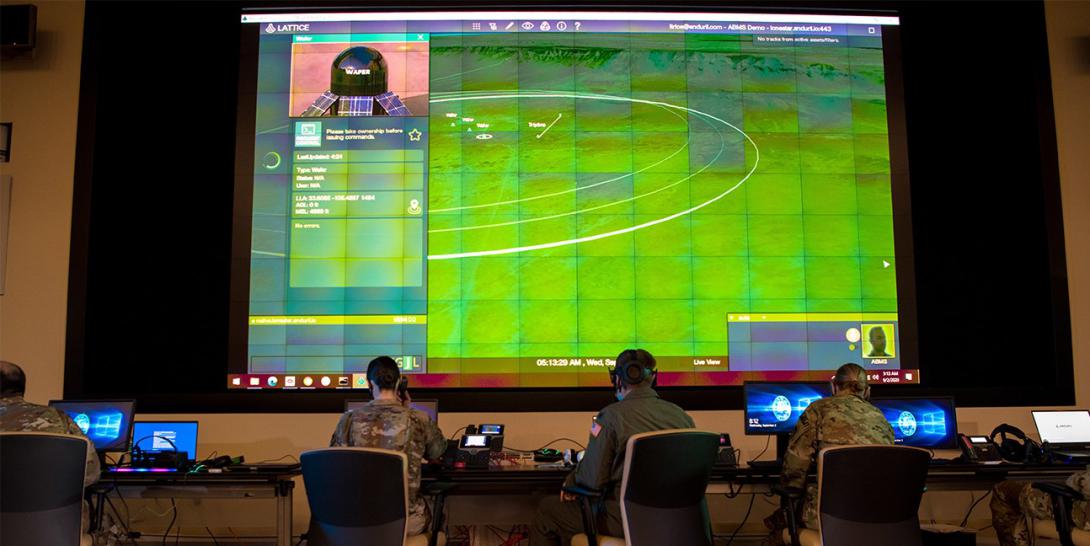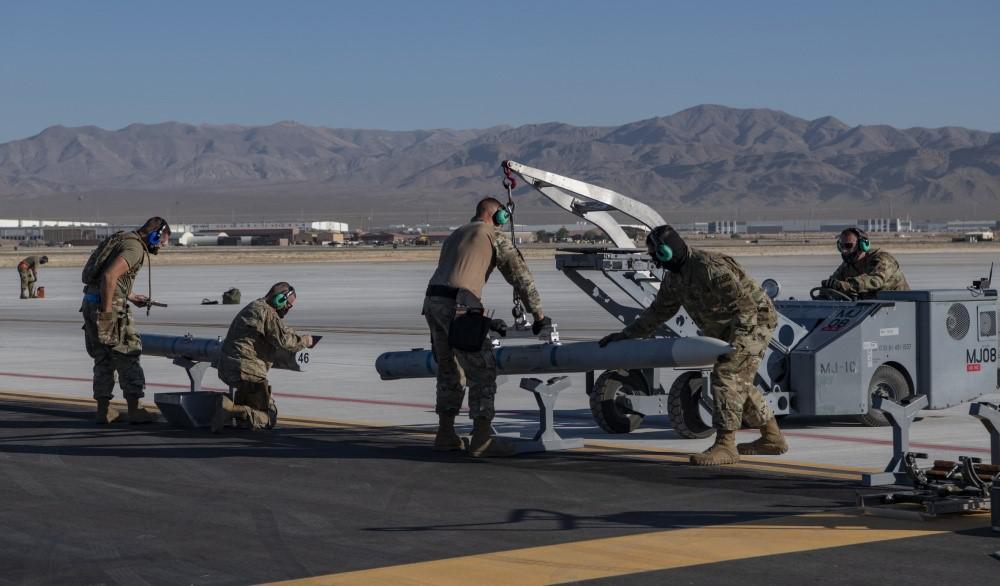Nations, Services Must Communicate To Collaborate
The U.S. military is rapidly pursuing Joint All-Domain Command and Control to confront near-peer adversaries, including China and Russia. Innovative computing, software and advanced data processing, as well as emerging technologies such as artificial intelligence, cloud and 5G communications, will be needed. Leaders also understand they must shed some of the military’s old practices to succeed.
According to Lt. Gen. Bradford Shwedo, USAF, the military is reducing its propensity to accept proprietary solutions from industry and holding the line on any requested interoperability or cyber extensions for legacy systems. Gen. Shwedo, who was the former director, Command, Control, Communications and Computers/Cyber and the chief information officer, Joint Staff, J-6, says to achieve joint all-domain operations by 2023, the military is expanding participation and coordination with allies and partners. Consequently, technical solutions must be interoperable, he explains. Gen. Shwedo will retire from the military on December 1.
Over the past year—minus delays due to the pandemic—the military has actively pursued and tested its concept to connect every sensor and data feed to a tactical network. This capability would enable all warfighting options—from kinetic to nonkinetic—across the sea, air, land, space and cyber by all of the services, including Space Force.
Tools that enable multidomain operations across several nations must be based on open architecture and common standards. For Joint All-Domain Command and Control (JADC2), proprietary solutions won’t be needed to the levels they once were from the industry, the general adds.
U.S. military operations across the warfighting domains are not new, but the urgency is, Gen. Shwedo says. Top Defense Department leaders support the increased level of focus to grow the necessary scale and interoperability of command and control platforms, data processes and weapons systems, he notes.
“What is so different in the JADC2 process is that it very much has the interest of the chairman [of the Joint Staff],” the general notes. Gen. Shwedo worked closely with Vice Chairman Gen. John Hyten, USAF, because responsibility for the process falls primarily under the vice chairman’s umbrella.
The top-down support is enabling leaders to hold the line on legacy systems becoming interoperable for joint all-domain operations (JADO) and secure from a cyber standpoint. Gen. Shwedo explains that internally they would no longer will accept stopgap measures or extensions requested via so-called white cards.
“Once again, it is a battle for finite resources,” Gen. Shwedo states. “Previously, we were willing to take risks in our violent extremist organization [VEO] endeavors, but we can’t do that anymore. And in the past, we have given programs the ability to have a POAM [Plan of Actions and Milestones].
“But we really didn’t see many people fixing the problems that they had, so, through a lot of support I’ve received from the vice chairman, and also the deputy secretary of defense, I’m not giving extensions. Generally, you’ve got to fix your problem. … We are holding the line on a lot of these programs that could be vulnerable. We have threat reporting to show those vulnerabilities, and now we don’t grant extensions. Now, we are saying, ‘No more white cards.’ You’ve got to fix the problem.”
Experimentation is the key to the military’s flushing out the realities of its JADC2 concept, especially in regard to integrating existing platforms. The services each have assigned roles for JADO. The Air Force assisted by the Space Force’s space-based infrastructure is in charge of command and control, while the Navy handles joint fires and the Army manages logistics. Each branch also is leading the development of future joint concepts for each of the areas.
Gen. Shwedo expects that by December, the services and the Joint Staff will complete the drafting of the Joint Warfighting Concept, which also is being informed by exercises and events.
Read more of the interview with Lt. Gen. Bradford Shwedo, USAF, in SIGNAL Magazine’s November issue, available online on November 1.






Comments